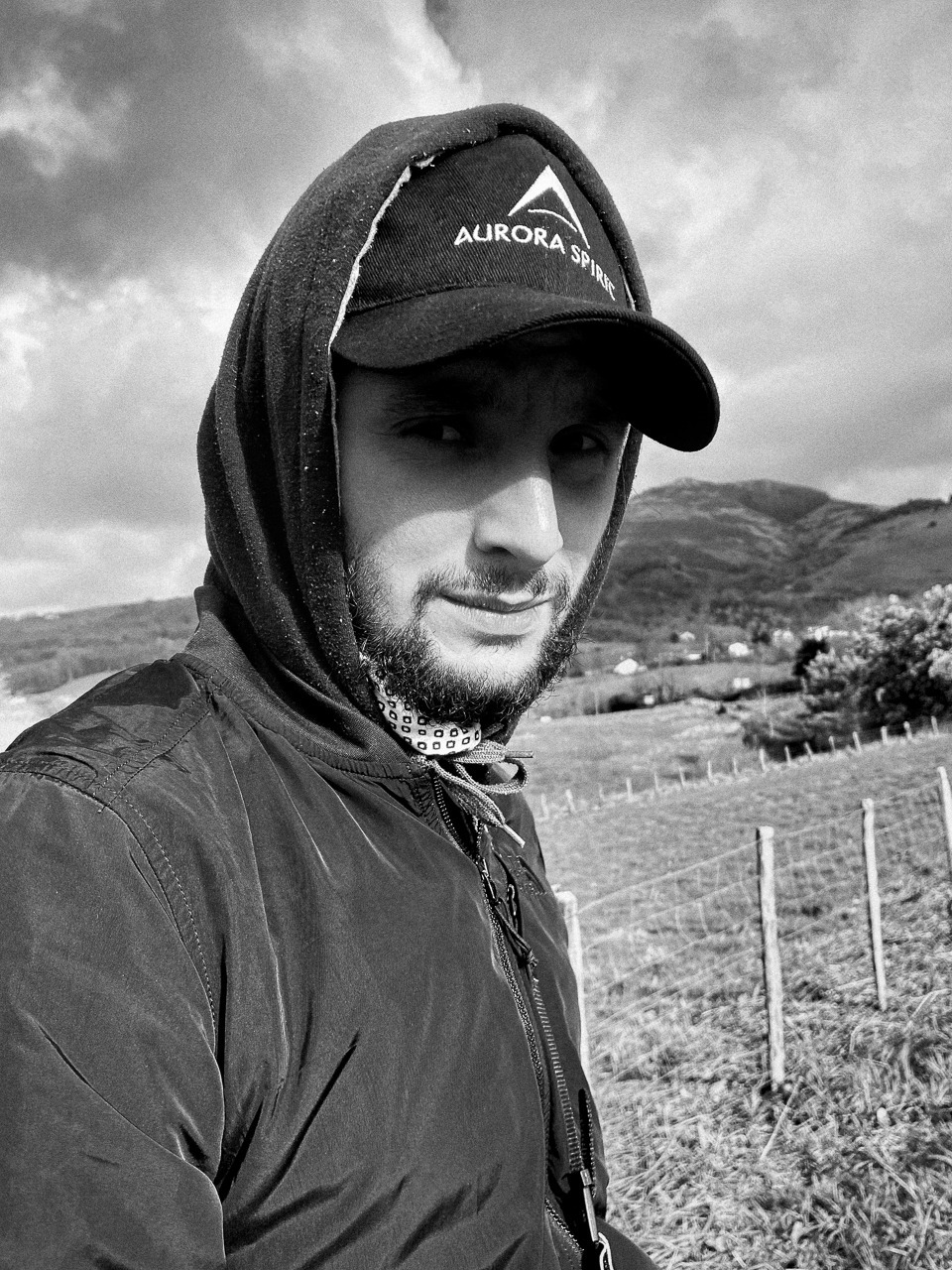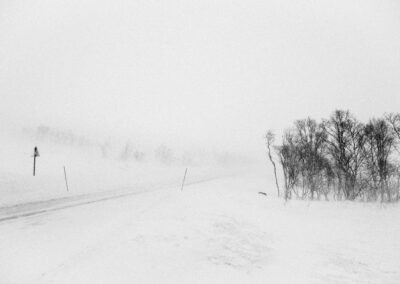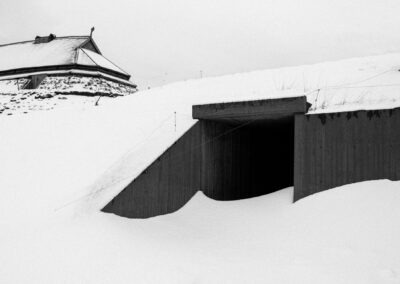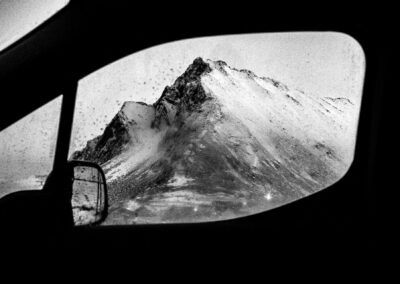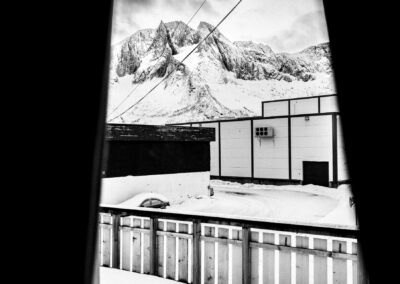Romain Coudrier «Bifröst»
Grand Prize of the Jury 2025 at Pierrevert Festival
Born in Vienna, Austria in 1992, Romain was shaped by his high school experience. His final years of schooling, marked by truancy, foreshadowed his future photographic inquiries. He earned a degree in communications and a master’s degree in political science. During these years, he used his free time to walk the streets with his camera.
His first series, Coeurs Orphelins (2016), was the result of 2 months in Kathmandu with “street children,” where Romain experienced a personal form of storytelling and discovered a more intimate approach to reality. Back in France, after 5 years at a consulting agency, he devoted himself to photography.
This burnout inspired J’aime plus Paris (2022), halfway between street photography and an authorial approach.
He continued with two long-term projects: Bifröst (2022-2024) and TMPC (2023-2024), bordering on wandering. His work has been shown at festivals (Rencontres d’Arles OFF, Festival Photo in Besançon, Loosenart in Rome, Impulse in Arles, Moments Collective in Athens), in galleries (Glasgow Gallery of Photography in Scotland), as well as in specialized press (L’Oeil de la photographie, Réponses Photo, Corridor Elephant, OpenEye, FK Magazine, The Pictorial List, 9 Lives Mag…) and general press (Nice Matin, Mr Mondialisation, Offtrack Magazine…). His special project “Schengen” is published in zine format by Docu Magazine.
He currently lives and works in Marseille, France.
Series: “Bifröst”
“I was born 900 years too late.” That’s what this stranger just whispered in my ear in the middle of our conversation. With a shifty look and breath hot with vodka, he’s referring to the bygone era of his distant Viking ancestors. For the duration of a shot in this bar in a remote northern Norwegian town, the last glimmer of light in the surrounding darkness, we share the same anachronistic fantasy.
This encounter was the only one in my quest to try to grasp the original, mythological link between a territory and an entire imaginary world. The hunt led me from city to countryside, through a palette of harsh landscapes, with rare light. In this icy atmosphere, timeless beauty coexists with banal reality, and silence reigns. I slipped into my “stray dog” skin to offer an improvised archaeology and immerse myself in this raw nature, cradle of a great civilization, bearer of a legendary heritage. The Vikings and Norse mythology.
What is certain—more and more historians insist on this point—is that they were at least as much merchants as they were warriors… A nod to the present where, despite the miles traveled through these vast isolated spaces, export, commerce, and consumption are well established. As for the Norwegians, apart from a few tracks in the snow and some brief encounters, they are absent. As if they’ve left for other horizons.
The series then takes on the feel of a “crime thriller,” with grainy black and white. We’re searching for something, never quite putting our finger on it, amid spaces that are inhabited yet empty. Eras blend together, consumerist moments are melted into a primitive atmosphere. Like a veil passing through these moments from one side to the other and connecting opposing worlds. Capturing a strange temporality, Bifröst, a concept borrowed from the Poetic Edda*, is indeed a bridge, a back-and-forth between different worlds: an unchanged and mystical geography on one hand, contemporary society on the other. Between the two: the quest for those who live there and remain absent.
*The Poetic Edda is a collection of poems in Old Norse assembled in the Codex Regius, a 13th-century Icelandic manuscript. It contains the concept of Bifröst (“shimmering path”) referring to the rainbow that serves as a bridge between Earth (Midgard) and Heaven (Ásgard, the fortress-city of the gods).
Some photos from the series: “Bifröst”
Click to zoom

